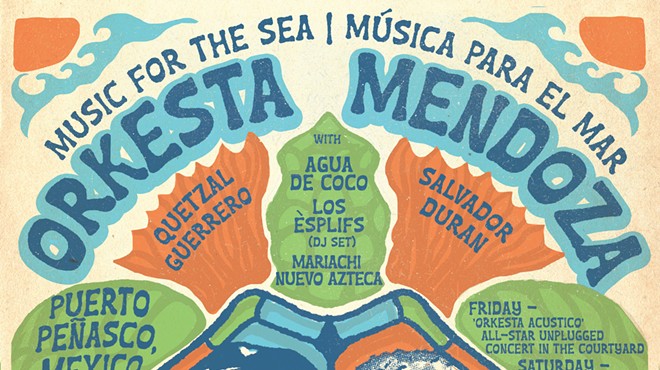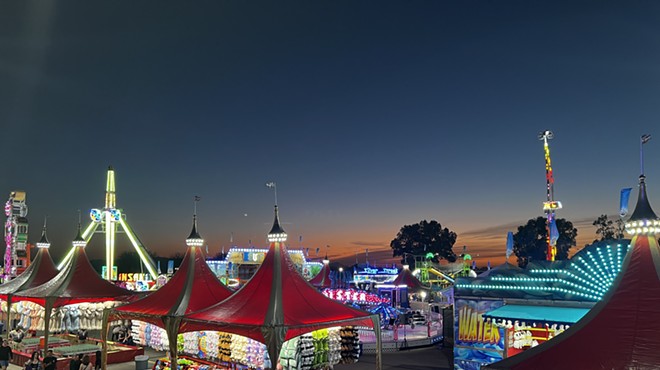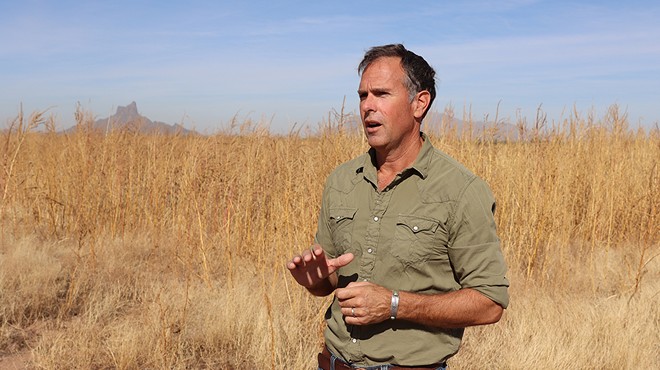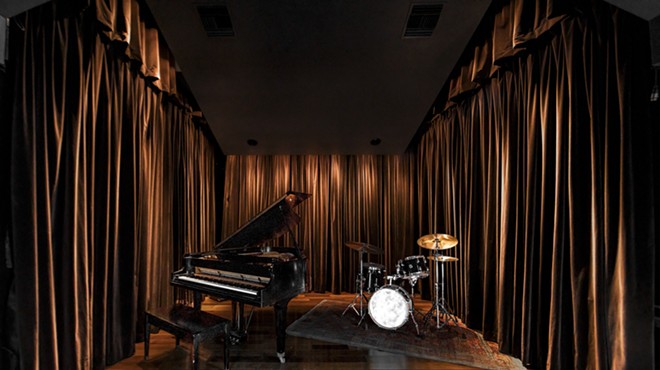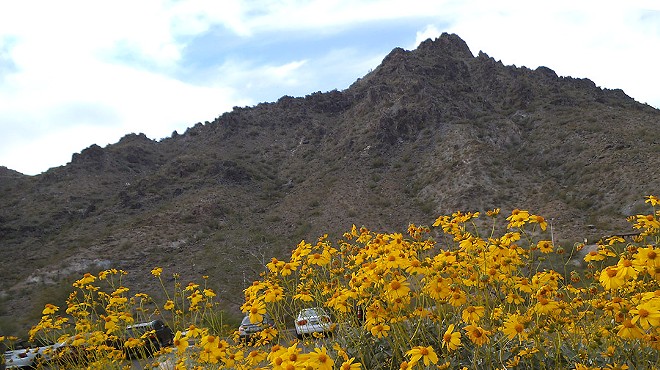Friday, February 27, 2015
It's Not all About the Cowboys: Women Make Their Mark on Rodeo
Page 2 of 2
Marana cowgirl Erin Parsons, who competed against Dice in the Tucson rodeo, relies on the regularity of these rodeos as a part-time barrel racer and team roper. Her full-time job as a real estate agent allows her to create flexible schedules so that she can compete in as many rodeos in the local Turquoise circuit as possible.Circuit rodeos not only benefit professional cowgirls, but also allow women from non-rodeo backgrounds to interact with rodeo. Vietor believes this accessibility is crucial to keeping the Western lifestyle alive. Some women, like Vietor, choose to become cowgirls after experiencing rodeo in person and falling in love with the sport.
Love has always been a motivating factor for those that have repeatedly fought for women’s participation and championed for women’s rights in rodeo.
There was a time in the sport’s history when Dice’s performance wouldn’t have been met with cheers from the audience. When women weren’t considered worthy competitors and were heavily discouraged from participating in rodeo. When a women’s rodeo experience was segregated based on gender.
In the 1920s, women competed alongside men in rough stock events and trick riding, according to Melody Groove’s book Ropes, Reins, and Rawhide. Many cowgirls achieved prominence for their talents. Marge and Alice Greenbough were two such women famed for their saddle bronc riding.
By the 1930s, however, serious cowgirl injuries, shifting social mores, and America’s political landscape greatly limited women’s rodeo participation as athletes. Local Chuck Henson, distinguished former rodeo clown and bullfighter, is the son of Marge Greenbough and nephew of Alice Greenbough. He recalls that during this time of change his mother and aunt worked as exhibition riders, providing entertainment after the events.
Fed up with being phased out of rodeo, women formed their own professional rodeo organizations in the later 1940s, like the Women’s Professional Rodeo Association, says Vietor. Members hosted all-female rodeos and advocated for women’s reintroduction into the sport.
Women’s rodeo rights gained support and women began to regularly compete in rodeo again, but the days of rough stock events for women were numbered. Barrel racing and, later, team roping, gained rapid popularity and essentially replaced rough stock events.
Though women were reentering rodeo, many of them could only compete as a side hobby. Not enough rodeos included women’s events or offered large purses for female winners, making it nearly impossible for them to become full-time competitors.
To combat this inequality, the WPRA consistently pushed for an increase in women’s earnings. In 1998, they finally achieved equal pay, according to Vietor.
Despite the discrimination in women’s rodeo history, cowgirls Conway, Vietor and Parsons believe that opportunities for women in rodeo are at their strongest today.
Dice, as a professional cowgirl who has made a career of her passion, is a hopeful figure for all women in rodeo. She represents the progress that women have accomplished, and the strides they will continue to make.
After her race, Dice swings down from Katie. Her clear blue eyes are bright with excitement.
“I know there could have been some improvement, but I’m pretty proud,” she
says, winded but grinning.
Tags: Women of the Rodeo , Rodeo Weekend , Wild Western times


